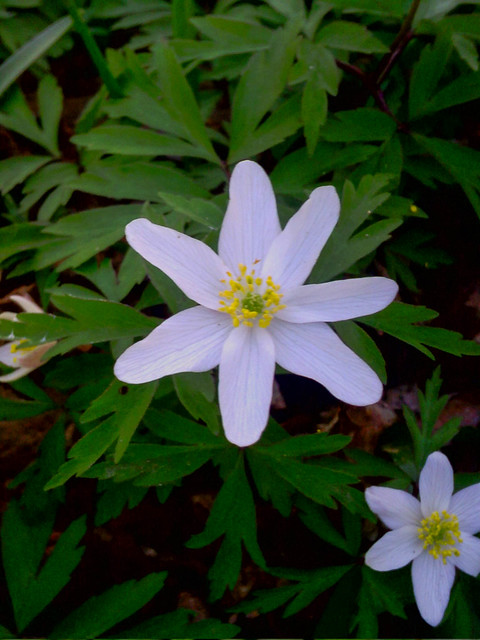On that @justinobeirne article: 1. Google Maps becoming less “map”, more “backdrop for search results”. Similar: road colours white/grey.— Richard Fairhurst (@richardf) May 2, 2016
On that @justinobeirne article: 1. Google Maps becoming less “map”, more “backdrop for search results”. Similar: road colours white/grey.— Richard Fairhurst (@richardf) May 2, 2016
This is just my (very) minor contribution to the discussion.On that @justinobeirne article: 1. Google Maps becoming less “map”, more “backdrop for search results”. Similar: road colours white/grey.— Richard Fairhurst (@richardf) May 2, 2016
The Botanical Society of Britain & Ireland (BSBI) uses Google Maps as the background to their maps of plant distributions. Over the past couple of weeks I've been using it a lot because I've been interested in two things:
- Where I might fund particular plants relatively close to where I live;
- Which plants I see might be of interest to the county recorders.
This screenshots shows successive zooms of an area in central Nottinghamshire which includes Clumber Park an two old woods, Gamston & Eaton Woods. The latter two are centre right above the village of Askham.
All woodland just disappears between these two zoom levels.
Here's the active map so one can play with zooming in & out.
Losing woods at high zoom levels is another example of loss of functionality. In practice it makes the maps layer useless for interpreting botanical data: I have to resort to using the satellite layer. Even that is not always easy because sometimes fields also appear dark green.
Google does use a couple of other green shades for things like parks, golf courses, and possibly nature reserves (see Sherwood Forest NNR near Edwinstowe). I don't know if these come on and off in a similar arbitrary pattern.







